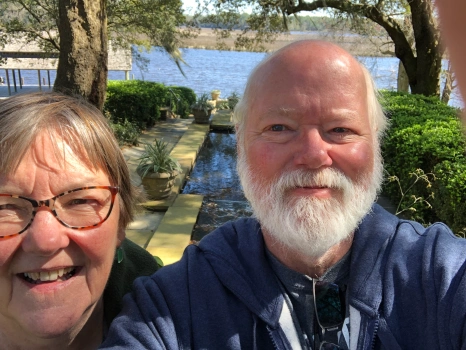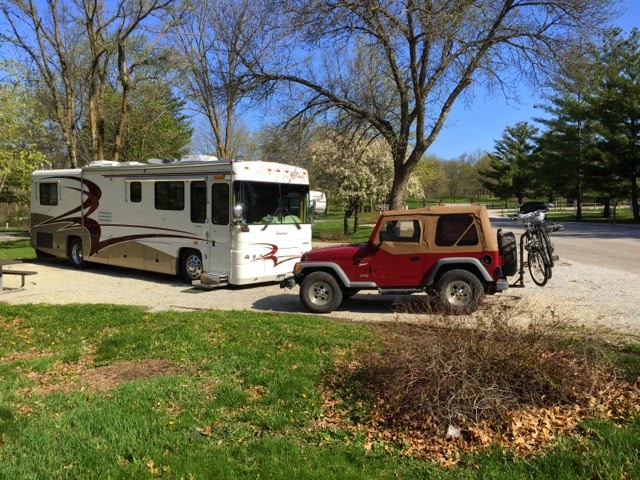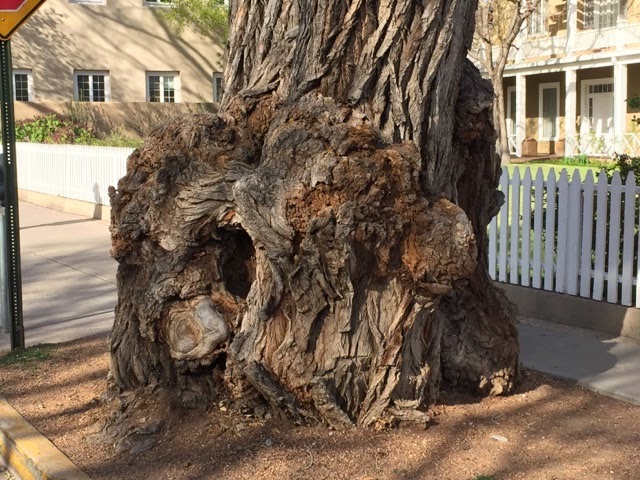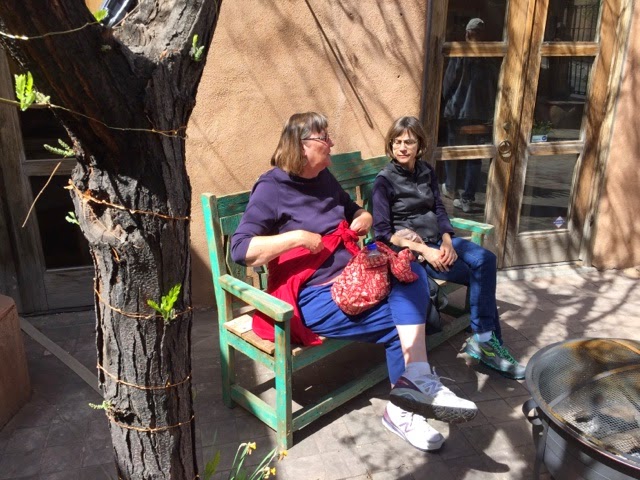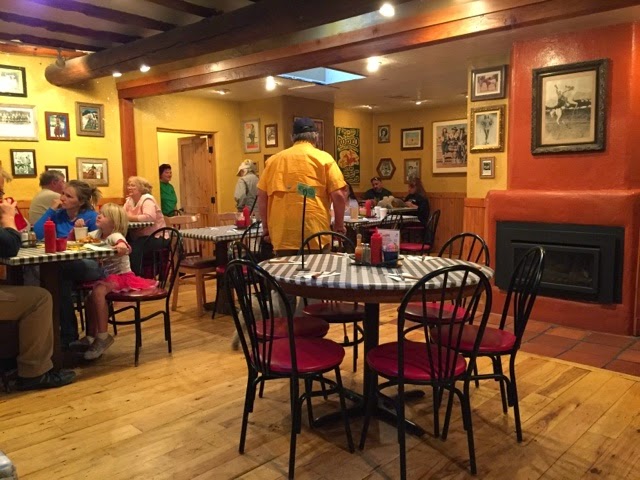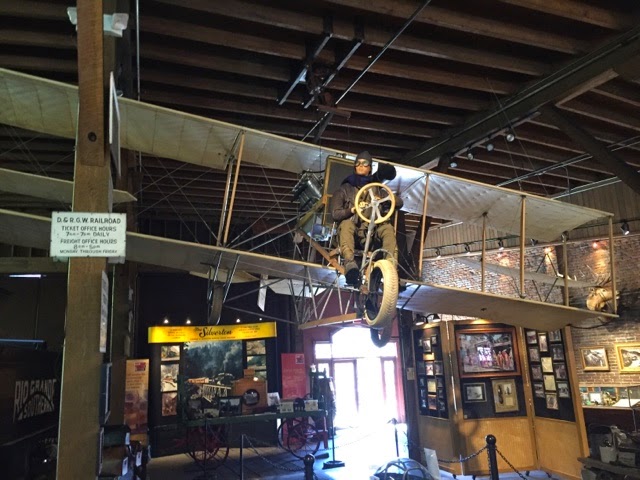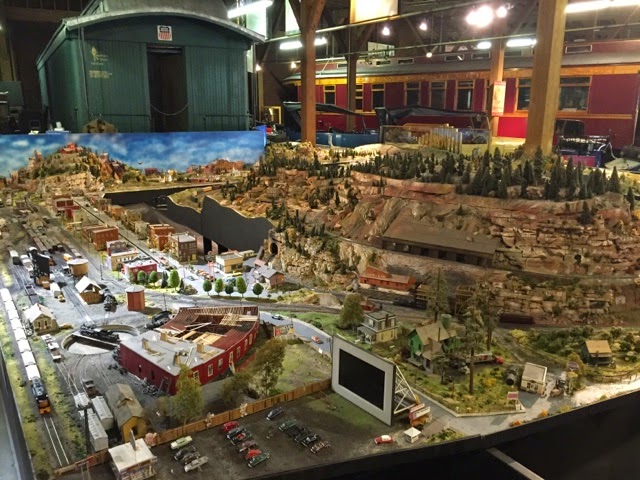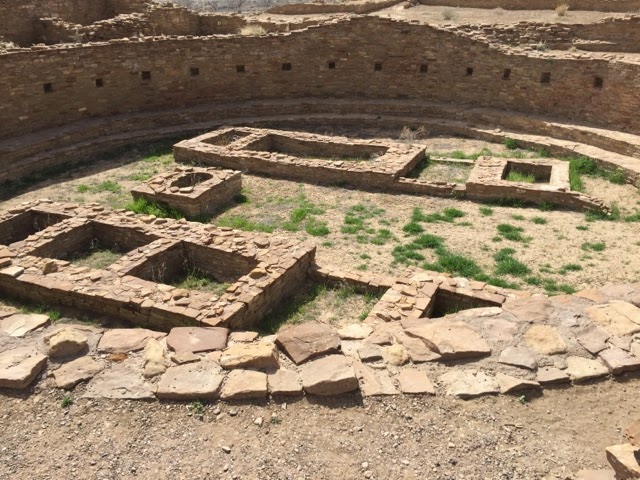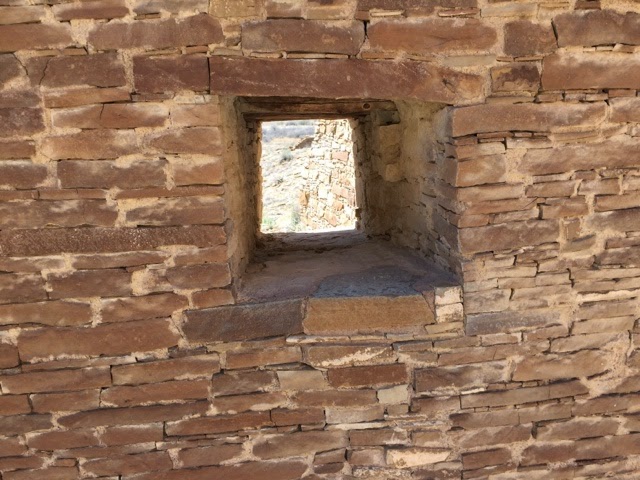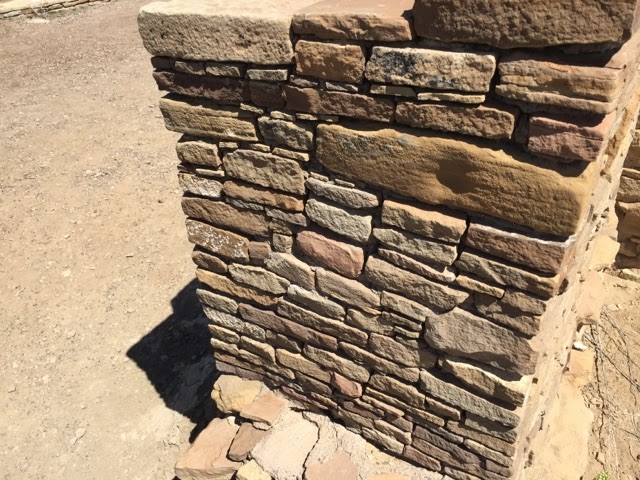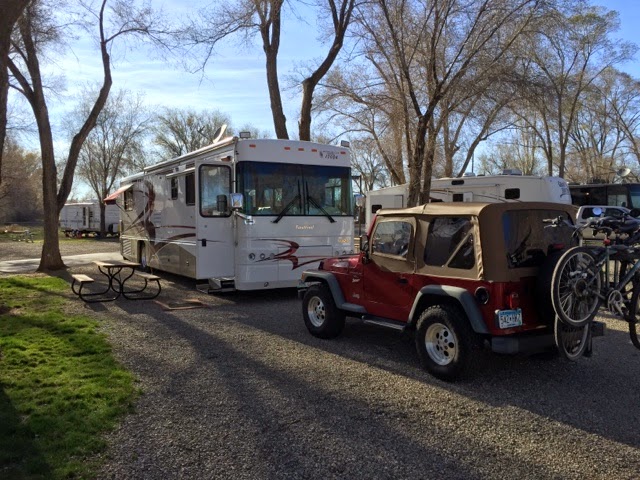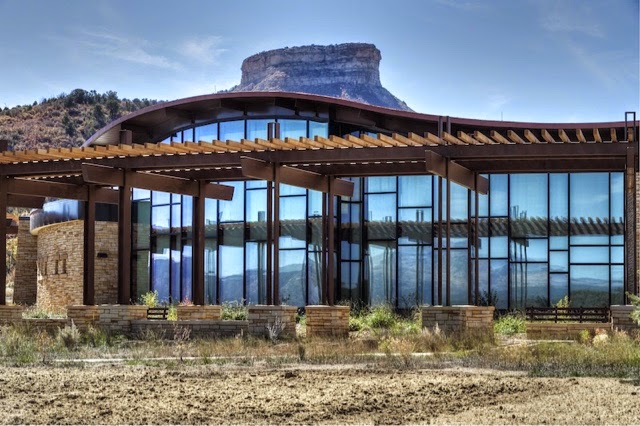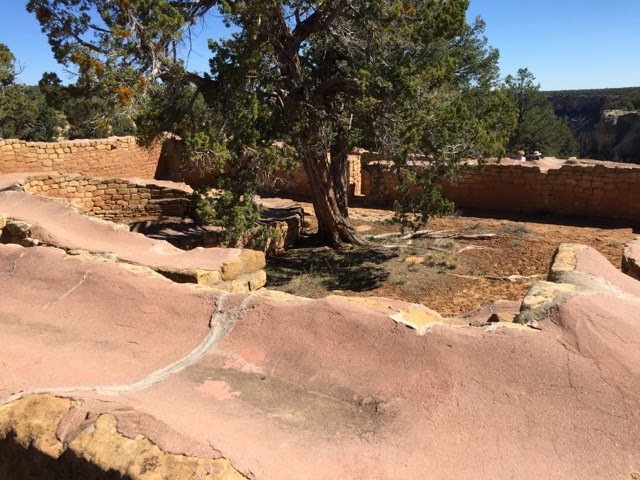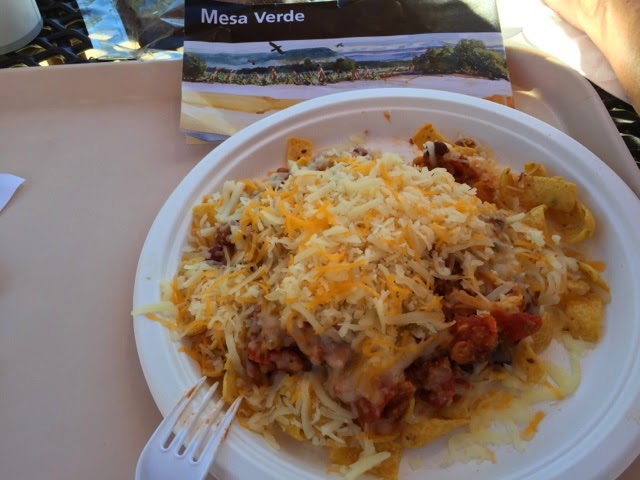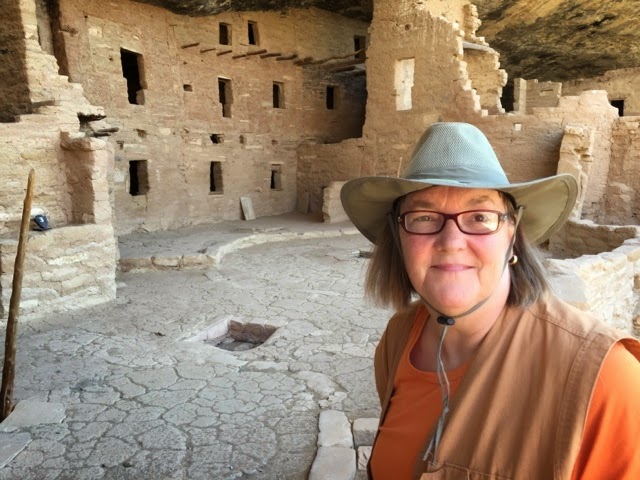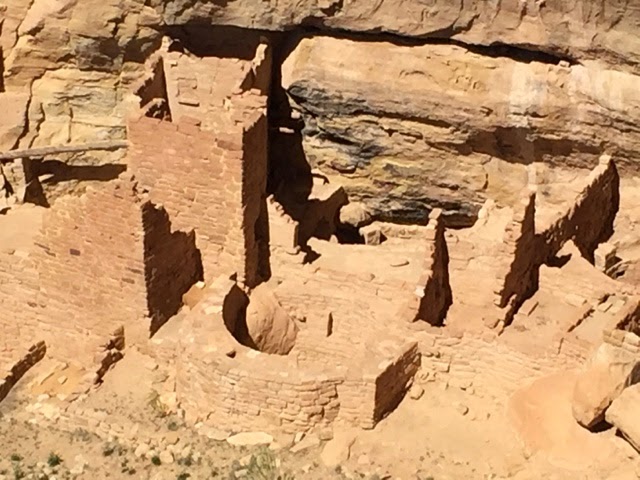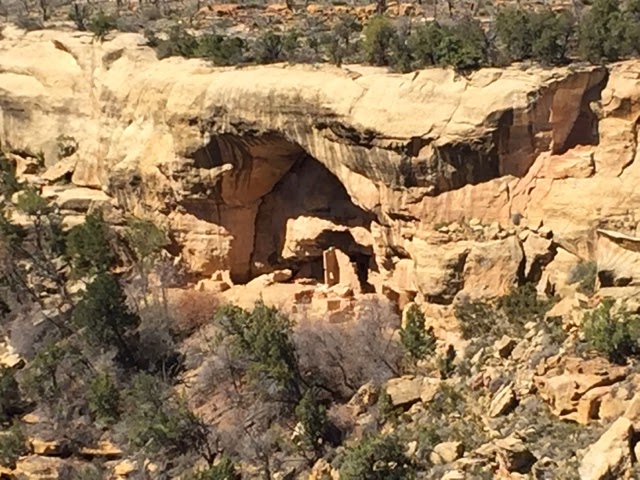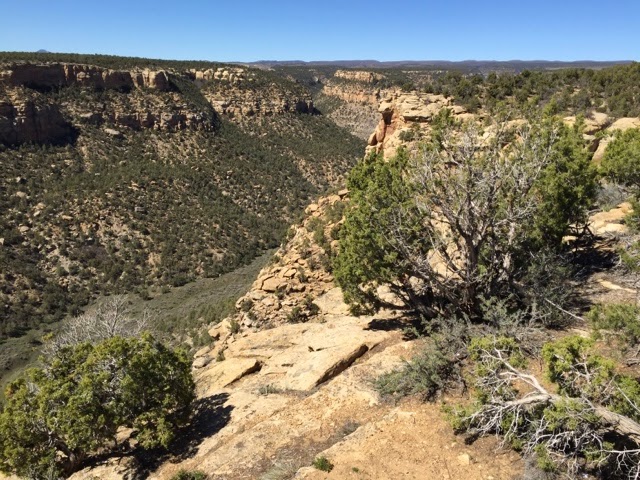Well, it is Saturday and we are back in Hastings. The house looks clean and tidy just as we left it except for the neatly organized piles of mail on the dining room table.
Month: April 2015
The Way Back Machine, 4/21/2015 – 4/23/2015
It is a long way across Colorado and Nebraska. After about 400 miles we stopped at Windmills State Recreation Area just east of Kearney. It is close to the interstate and has 6 small stocked fishing lakes and a collection of old windmills.
The grass was green. Someone was mowing, it smelled nice. The park was almost empty. Good to stop and get out for a walk.
A very large lake made by two dams.
And a nice campsite. It was very windy for both of the past two days. Mostly from the northwest which gave us a bit of a tail wind.
They must have 24′ ceilings or more. Something like this at home would be nice. Another Foretravel owner in Australia built something like this only the legs were on pivots so that it folded almost flat. He would drive on it and then hydraulic pivots would push it up into a raised position. I think I would rather have something solid. Another fellow in BC built a drive over pit. It is some work to crawl under these to work on them.
The Way Back Machine, 4/18 – 4/22/2015
We have left Santa Fe and are heading to Denver for one of two regular maintenance stops. Santa Fe to Denver could be done in a day but not us. We drove east and then north on I25 through Raton Pass (about 7900 ft). We have been through this pass several times and it is a relatively easy pass to go over, not too steep, not too high. Then north towards Pueblo, CO where we stopped for the night in a unremarkable RV park. It was only $20. The weather report had snow between Colorado Springs and Denver. We were headed for the Boulder County Fairgrounds in Longmont, CO so stopping and waiting a bit for the weather to clear seemed prudent. In the morning we set out for Longmont, about 4 hrs away.
It was an OK drive but getting through Denver is always crazy. Lots of traffic slowdowns on Saturday? And accident that put everything to stop and go for 30 minutes didn’t help and a 5 mile backup to exit to the High Times Marijuana show at the Merchandise Mart really didn’t help. Better to go by there before the event than after. Apparently it was sort of like a cook-off to crown the best of the best. I guess they must have had samples.
I think she was second place. Her horse had a very long tail. We think they were all about 13 years old or so. This is a rider/horse sort of thing where they both have to learn how to do this. It was fun to watch. The horses were sort of glammed up, saddles were fancy, saddle blankets were the glitzy ones and the riders were in their finest performance wear.
Santa Fe, 4/5-4/17/2015

It was a lot of work. When Ed and Barb were there we were extra busy. But there was always time for a sit down break, a cup of coffee or tea or hot chocolate.
Santa Fe, 4/5-4/17/2015
Part 3, Art and Museums
There is an interior courtyard. The building to the right is an auditorium. The posts, beams, corbels, lintels, vigas, scuppers, color and rounded shapes are all part of the style.
This painting looks like spring going up toward Chimayo. The white blossoms on pear trees were everywhere. A blue door on your home is to insure good luck. Color is everywhere. No Santa Fe art visit would be complete without some Gustave Baumann, one of our favorite artists.
This is his 1918 original painting of Day of the Deer Dance. From this painting he would carve a wood block to make the final reverse image woodblock print.
Santa Fe, 4/5-4/17/2015
Part 2, Great Food
And a sopapilla with honey.
It is a very pleasant meal in calm, familiar surroundings with wonderful people helping you to enjoy the meal and the moment.
Santa Fe, 4/5-4/17/2015
Part 1
The Plaza comes alive during the day. There are food vendors cooking fajita, lots of folks selling jewelry in front of the Governor’s Palace and across the street, usually somebody playing a musical instument with a hat out and lots of people to watch. We were there on a Saturday, it must have been Prom day at the High School since there were quite a few young ladies in lovely dresses trying to walk in extrodinarily high heeled platform shoes and constantly adjusting this part or that in what were obviously not their normal clothes. Lots of posing for pictures. A big white limo full of one bunch, a big black limo full of another. Not sure if that means anything. There was a fire truck there too. The firemen were giving out plastic firemens hats to little kids who were getting their pictures taken next to the fire truck. A police car was there too and the two cops were taking off their bikes from the rack and suiting up for a bicycle patrol.
Cochiti Lake, 4/1 – 4/5/2015
Cochiti Lake is a reservoir created by damming up the Rio Grande River. This area is part of the Cochiti Pueblo reservation. The US Army Corps of Engineers built this earth filled dam starting in 1965. It was completed in 1975. The dam is more than 5 miles long and is the 10th largest dam in the US. As with most COE sites, providing recreation opportunities is an important part of the development. At most COE sites there are very nice campgrounds with electrical hookups. Many have water at each camp site, some have waste connections. And with our Senior National Park Pass these sites are $8-$13/night.
The campground was about 200 ft elevation higher than the lake. It was another 300 ft climb to the Visitor’s Center. It was closed but scheduled to open in another week or so. I rode my bike up to the Visitor’s Center (about a mile away) and then down a bit and out on to the dam road. I had to go through two locked gates so I didn’t go very far. Homeland Security sort of thing I guess.
Durango, Chaco Culture National Historic Park, 3/29 – 4/1/2015
Durango
We left Cortez and drove south towards Shiprock, NM and then a bit east through Farmington, NM (the fourth largest city in NM) and just a few miles more to the San Juan County Fairgrounds where they have cheap RV camping with electric and water hookups. The fairgrounds are immense. They have barns for many hundreds of horses and cattle and sheep and what ever else they show at the fair, room for 560 RVs with electric and water hookups and a dump station, a casino/race track for gamblers/horses and room for thousands of cars. The County Fair must be a really big event. They also have other events there as well. While we were there the Passion Play was being presented each evening. Several hundred cars showed up each evening and then left. As far as we could tell there was only one other RV there and they were quite a ways from us.
We have never seen Kivas this big. These were three or four times bigger than any we had seen before.
These Kivas had high walls and were covered by a complex roof system. The inside walls would have been plastered and decorated. Each Kiva had four foundations for the vertical wooden columns holding up the roof. The fire pits and Sipapu (the portal from which their ancestors emerge to the present world) were very similar in all Kivas no matter when they were built. Present day Navajo believe they are now in the fifth world. Kivas were used for ceremonial, ritual and religous purposes by both men and women.
There were few windows, doors were of different styles which evolved over time. Floors were made with wooden poles embedded in the walls and covered with layers of bark and plaster. The ends of the original wooden poles are still in the walls.
Cortez, CO, Mesa Verde National Park 3/26-3/29/2014
We were hoping that the weather would be OK so that we could get up to Mesa Verde National Park. It is another place we visited in 1980 and haven’t been back to since. The long time weather averages suggested it would be OK, cold at night but warmer during the day. The campground in the Park was not open yet nor were the two campgrounds near the entrance to the Park so we chose the Sundance RV Park in Cortez, CO about 10 miles to the west. It was a very nice RV park with a huge city park across the street. The park was almost full with a lot of trailers and RVs that looked as if they were set up for the long haul. I talked to the owner and he told me that a very big natural gas deposit was found just to the north and that a company from New Mexico was doing the development work and had rented about 2/3 of the park for nine years. He thought that was good and had spent money on the laundry, showers and bathrooms, They were very nice. He said the best thing was that almost everyone who was working at the new gas site were local people as well as most of the subcontractors It was a big deal for Cortez which is regional center for the Four Corners area.
From the Visitor’s Center at 6,500 ft elevation a steep winding road leads about 6 miles to the campground and then 8 miles of more winding roads, a tunnel and some steep sections to Park Point Overlook where at about 8,600 ft elevation there is one of three fire lookouts in the park. These are important places for the park. Since 2000 there has been three major fires which have burned well over half of the mesa.
There were several Kivas, places for ritual, ceremonial and religous events and three to four story buildings going back many rooms into the cliff openings. This particular cliff house had been opened up by looters before archeologists and historians got to it but even still their restoration and stabilization work is only about 5% of what is there today. The Puebloans closed most of the openings into these structures when they left. Much of what was left was buried under windblown sand and dirt. So careful excavation reveals what survived and what was left behind.
The Square Tower House had some modern day supports while stabilization work was being done. The square tower was unusual. While structures were more or less square cornered, towers and kiva were round. There is no explanation for this other than it was an adaptation of earlier buliding techniques or something learned from visiting other Puebloan sites in the Four Corners area.
Openings in the cliffs were formed by parts of the face collapsing and then more of the ceiling collapsing because there was no support underneath. Some of the openings in the cliff face were huge. We saw no place where the cliff had collapsed on a cliff house but it has to have happened. We saw a huge section of cliff that collapsed on a community built next to the cliff face in Chaco Canyon.
This is Navajo Canyon, several miles long and a few thousand feet deep. There was no easy way to go from one side to the other. From these communities to the communities in the valley to the north of Mesa Verda it was a 30 mile or more trip. And yet they did travel far and wide.
